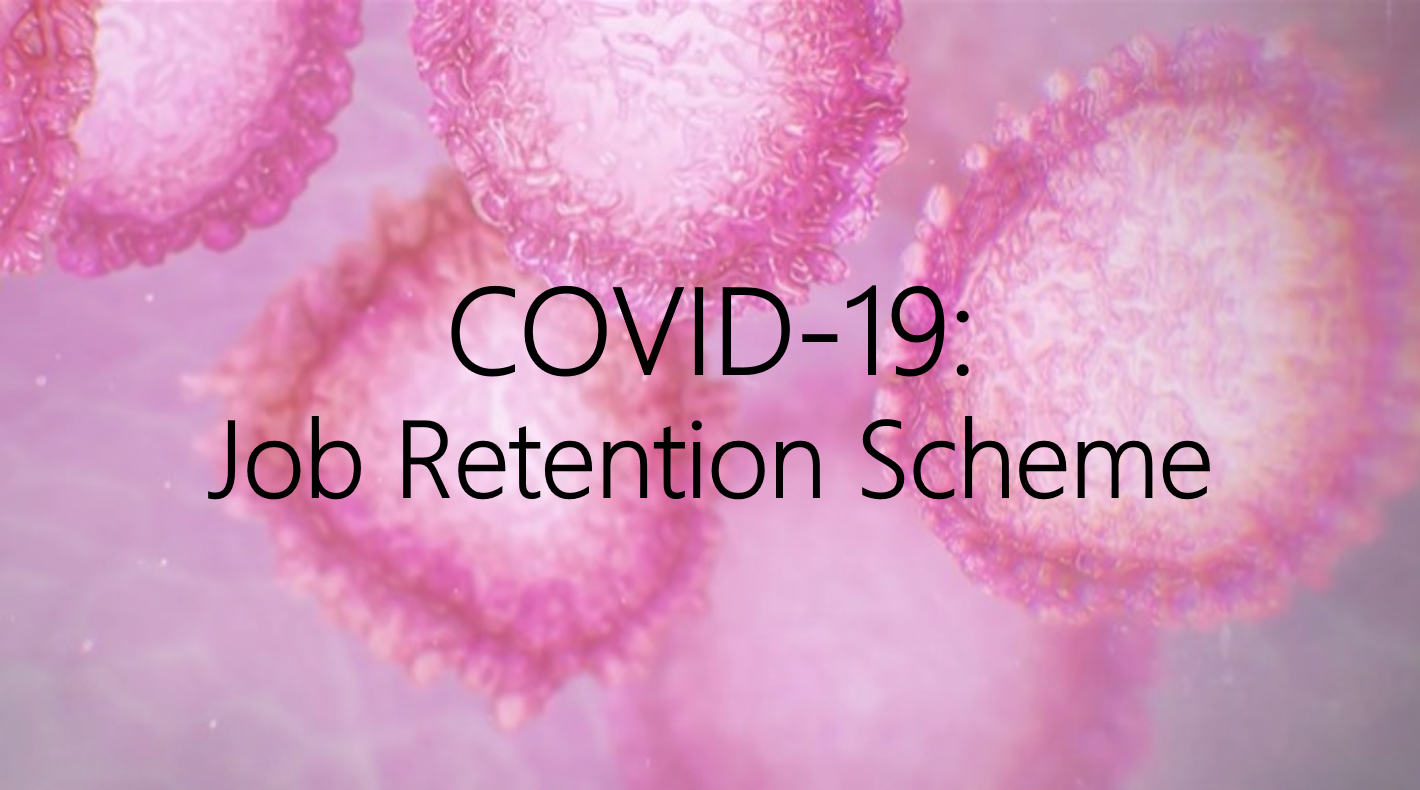
On 9th April 2020, Government published updated guidance on the Coronavirus Job Retention Scheme (CJRS) “Claim for your employees’ wages through the Coronavirus Job Retention Scheme”, to clarify further areas that had not previously been considered or fully explained.
- If an employer wants to furlough an employee who is currently off sick, they are eligible to do so, and the employee would no longer receive sick pay and would be classified as a furloughed employee and entitled to payments as per the scheme.
- The guidance makes it very clear that the CJRS is not intended for short-term absences from work due to sickness or when self-isolating and the minimum period an employee must be designated as “furlough worker” is three weeks.
- If an employee is on furlough, you can only reclaim expenditure through the CJRS, and not the SSP rebate scheme.
- Employers are also entitled to furlough employees who are being asked to ‘shield’ or off on long-term sick leave.
- Foreign nationals are eligible to be furloughed and any grants paid under the CJRS will not be counted as “access to public funds”.
- A new employer is eligible to claim under the CJRS in respect of the employees of a previous business transferred after 28 February 2020 if either the Transfer of Undertakings (Protection of Employment) regulations (TUPE) or PAYE business succession rules apply to the change in ownership.
- Government has clarified that the reclaimable Employer's National Insurance Contributions and pension elements are on the furlough salary and not the employee’s normal salary.
- Where a group of companies have multiple PAYE schemes and there is a transfer of all employees from these schemes into a new consolidated PAYE scheme after 20 February 2020, the new scheme will be eligible to furlough those employees and claim the grants under the CJRS.
- Government confirmed that employees must not undertake work for or on behalf of the organisation or any linked or associated organisation.
- Guidance also confirms that no part of the grant received under the CJRS should be used to cover the provision of benefits (including taxable Benefits in Kind) or a salary sacrifice scheme and all the grant received to cover an employee’s subsidised furlough pay must be paid to them in the form of money.
- Government consider that the COVID-19 pandemic constitutes a “life event” and so an employee may be able to switch out of any salary sacrifice schemes if the contract is updated accordingly.
See the full updated guidance here.
Aspire Comment
The updated guidance answers some of the important queries which remained outstanding in the second update published on 4th April 2020, but we still await further guidance regarding holiday. Further guidance about the mechanics of the claims is awaited. Hopefully, it is published imminently to help as many businesses prepare their claims ahead of 20th April 2020.
The point in relation to “linked” or “associated” businesses is open to interpretation. The guidance does not stipulate what the Government mean by linked or associated businesses. We consider this will, at the very least, refer to businesses who have common shareholders and directors.
When the government ends the scheme, employers will need to consider whether an employee can return to their duties or whether it may be necessary to consider termination of employment.
If you require any further advice or guidance about how to manage the furlough process or any other employment guidance, such as redundancy, do get in touch with one of our advisors on 0121 445 6178 or email enquire@aspirepartnership.co.uk
